The Heroes of My Time : Richard Stallman
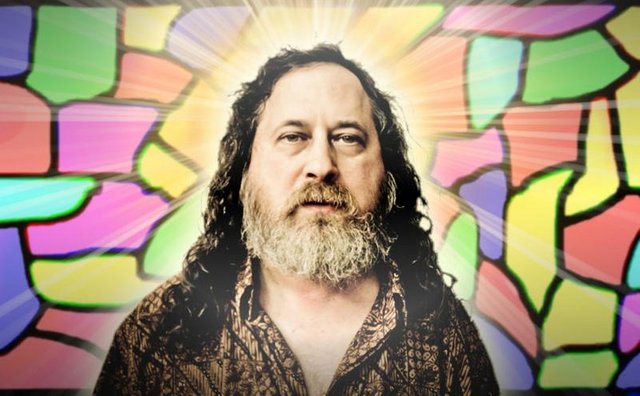
More than an emblematic figure of modern computing, Richard Stallman is also a man of conviction who revolutionized the codes of the use of technology for the common good. While the major industries specialized in the field struggle, again and again, to keep their development methods as opaque as possible, Stallman always redoubles as much energy and activism regarding free software. But what could have pushed a man such as him, with a bright future and all mapped out, to take the path of contestation and the fight against the chains imposed on us by the big digital corporations ?
Hacking as a way of life !
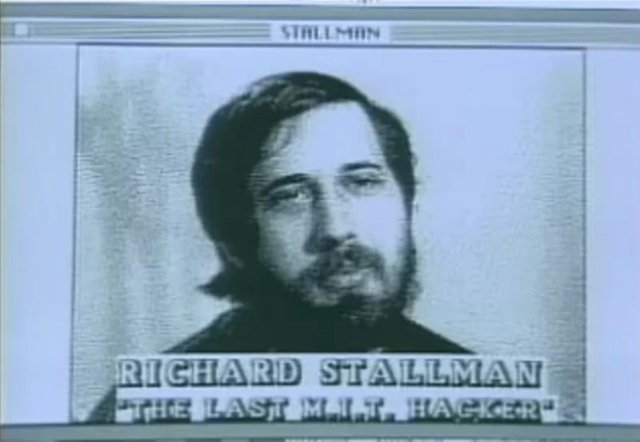
Fascinated by science and more particularly physics, but also mathematics, young Richard discovered a sudden passion for computers when he was first introduced to this field in 1969. Particularly talented, the young man made a strong impression on IBM's research and development department. At the end of high school, he was approached by the iconic firm in order to develop a brand new programming language dedicated to the IBM 360 range of computers. Gigantic machine acting as supercomputer, IBM 360 was also used in the field of finance for its capacities then extraordinary for this time, thus allowing a considerable saving of time for certain companies. It was precisely at this moment that young Richard discovered the joys of hacking.
On this subject, it is necessary to know that before becoming a pejorative term designating any script kiddies little looking, the hacker rather designated a curious person and concerned about the operation of the machines which he was brought to use. More specialized in programming, computer security or even system administration, the hacker analyzes and tries to understand, often by deduction, script reading or reverse-engineering, the methods of action of an entire system. For schematized, it is about the passionate ones of self-taught technological do-it-yourself !
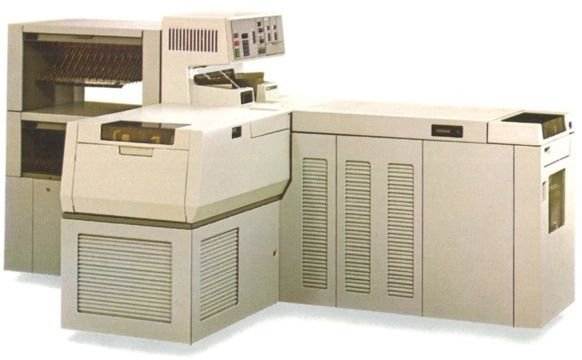
Greatly impressed by this way of life based on knowledge sharing, the refusal to apply to strict codes and a perpetual need for renewal, that the self-proclaimed hacker integrates a team specialized in artificial intelligence research, located in the prestigious institute of MIT. The trigger in its fight against proprietary software came from an apparently innocuous event. When Xerox donated a printer to the MIT's team of geniuses, the giant had no idea that this generous action was going to provoke protest in the hackers' camp regarding the use of proprietary codes. Indeed, Stallman then exceeded by the continuous paper jam of this one, decided to modify once for all the software of the machine in order to improve its operation. However, he encountered a major problem: the impossibility of getting his hands on the source code. Worse still, this famous code is bound by a confidentiality agreement ! Faced with so many barriers imposed, Stallman became aware of the seriousness of these liberticide contracts which forced the use of these tools to the goodwill of the manufacturer.
Hacktivism
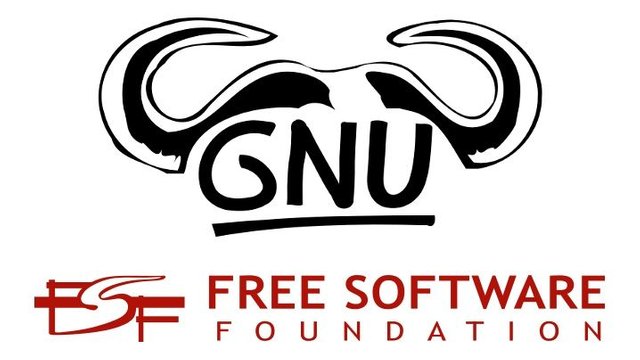
Faced with the absurdity of such an approach, this enthusiast believes that it is high time that hackers come together to block these private and purely commercial principles. The Free Software Foundation was born in 1985 in parallel with the GNU project (GNU's Not UNIX) , which is an attempt to create a complete operating system, including a software toolbox, usable as the user wishes and entirely royalty-free. Although seemingly libertarian, the FSF establishes a license setting the legal conditions for the distribution of free software. This one called GPL (General Public License), it implements the notion of copyleft. This license contains four essential and immutable points :
- The freedom to run the program as you wish, for any purpose (freedom 0).
- The freedom to study how the program works, and change it so it does your computing as you wish (freedom 1). Access to the source code is a precondition for this.
- The freedom to redistribute copies so you can help others (freedom 2).
- The freedom to distribute copies of your modified versions to others (freedom 3). By doing this you can give the whole community a chance to benefit from your changes. Access to the source code is a precondition for this.
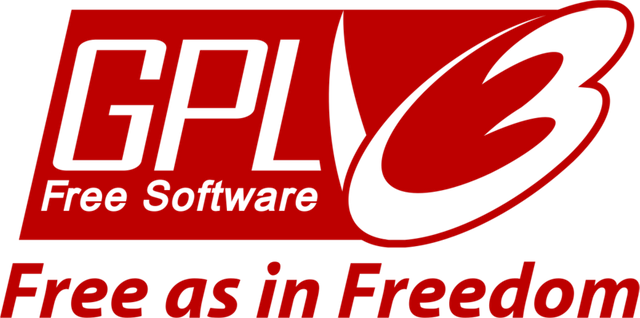
Published by Richard Stallman himself, the first version of the GPL was released in February 1989. It will undergo three increasingly less restrictive revisions, the latest version of which was published in 2007. Applicable and retained by various courts of first instance, the GPL license has allowed the development as well as the realization of software projects of all kinds within a legal framework. From the simple all-format video player (VLC), to the free office suite (Libre Office), to the vast majority of blockchain-based technologies.
If Linux distributions are as efficient and functional today, it is partly thanks to Stallman's work that made it possible to integrate GNU tools around the kernel via the GPL license ! A large majority of us, developers or simple users, monopolize this technological heritage which is the result of a man's struggle to make computing available to all, without any constraints ! Know that for the little story, a biography has been made on this wonderful person and this one is under GPL license ! So it can be consulted freely and free of charge !
Join us now and share the software;
You'll be free, hackers, you'll be free.

Source and useful links :
- Richard Stallman's wikipedia page : https://en.wikipedia.org/wiki/Richard_Stallman
- The history of the term hacker : https://en.wikipedia.org/wiki/Hacker
- Official website of the FSF : https://www.fsf.org/
- Official GNU website : https://www.gnu.org/home.en.html
nice blog it is.